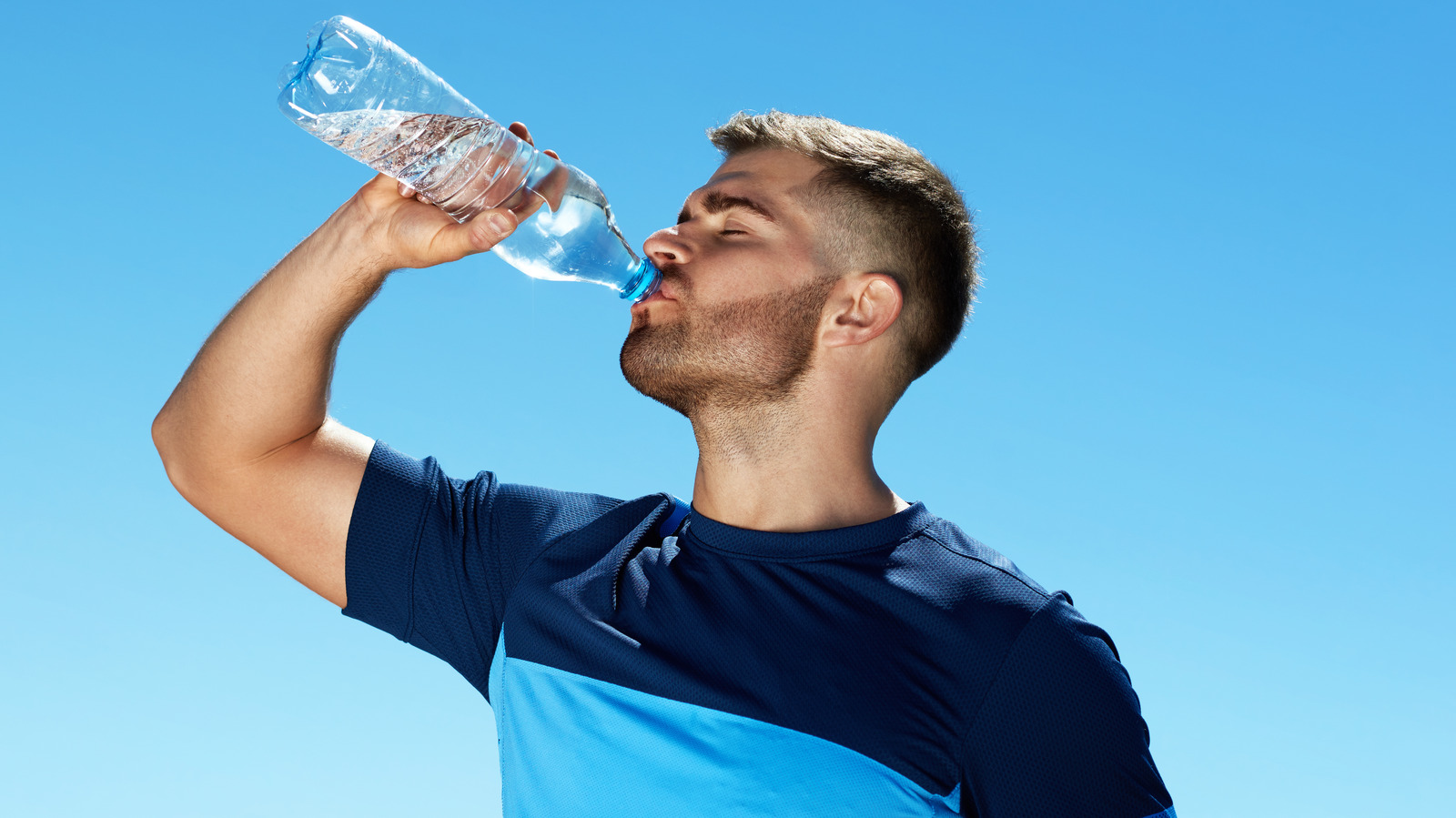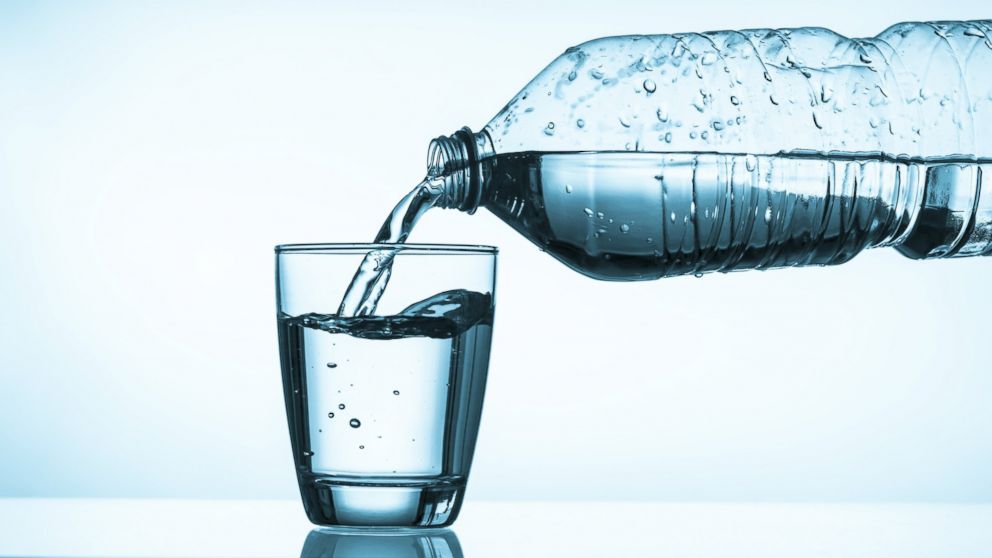
Water is the unsung hero of our bodies, often taken for granted yet absolutely essential for life itself. As the Mayo Clinic profoundly states, “Water is your body’s principal chemical component and makes up about 50% to 70% of your body weight.” This isn’t just a fun fact; it’s a foundational truth for our well-being. Every single cell, tissue, and organ within us relies on water to function correctly, keeping us humming along smoothly day in and day out.
But here’s the kicker: despite this undeniable importance, many of us are making fundamental errors in how we approach our daily water intake. We might think we’re doing enough, or that hydration is only for athletes, but the truth is far more nuanced. These common missteps can subtly drain our energy, impact our focus, and even compromise our overall health, often without us even realizing it. Even mild dehydration, as the Mayo Clinic warns, “can drain your energy and make you tired.”
It’s time to shine a light on these often-overlooked hydration blunders. With insights from leading wellness professionals, we’re going to explore the critical mistakes that might be holding you back from feeling your best. This isn’t about shaming; it’s about empowering you with expert-driven, actionable advice to transform your relationship with water and unlock a new level of vitality. Get ready to rethink your sips and truly hydrate right, so you can shine bright.

1. **Solely Relying on Plain Water Intake, Neglecting Hydrating Foods**One of the most common pitfalls in our quest for optimal hydration is the belief that only plain water counts. While drinking water is undoubtedly crucial, it’s a significant oversight to neglect the powerful hydration potential locked within the foods we eat. Many of us miss out on a whole spectrum of essential nutrients and a more sustained form of hydration by focusing exclusively on what’s in our glass. It’s a fundamental shift in perspective that can dramatically improve our daily fluid balance.
As Dennis Cardone, DO, an osteopathic sports medicine specialist and chief of primary care sports medicine at NYU Langone Health, insightfully tells the American Osteopathic Association, “It sounds silly, but many of us drink water the wrong way.” He emphasizes that making “a few simple changes will vastly improve your hydration.” Integrating high-water content foods into our diet is one such pivotal change. These foods don’t just quench thirst; they also provide electrolytes and other compounds that help the body absorb and retain water more effectively, leading to more prolonged and stable hydration.
Fruits, in particular, are nature’s hydrating powerhouses, and Dr. Cardone highlights their unique role, stating, “Fruits, in particular, are hydrating on their own and will help the body absorb more water.” Think about crisp watermelon, juicy oranges, sweet berries, and crunchy cucumbers – these aren’t just tasty snacks; they’re direct conduits to better hydration. By consciously choosing to incorporate more of these vibrant foods, we naturally enhance our fluid intake and support our body’s ability to utilize that water efficiently, moving beyond the simple act of drinking to a more holistic hydration strategy.
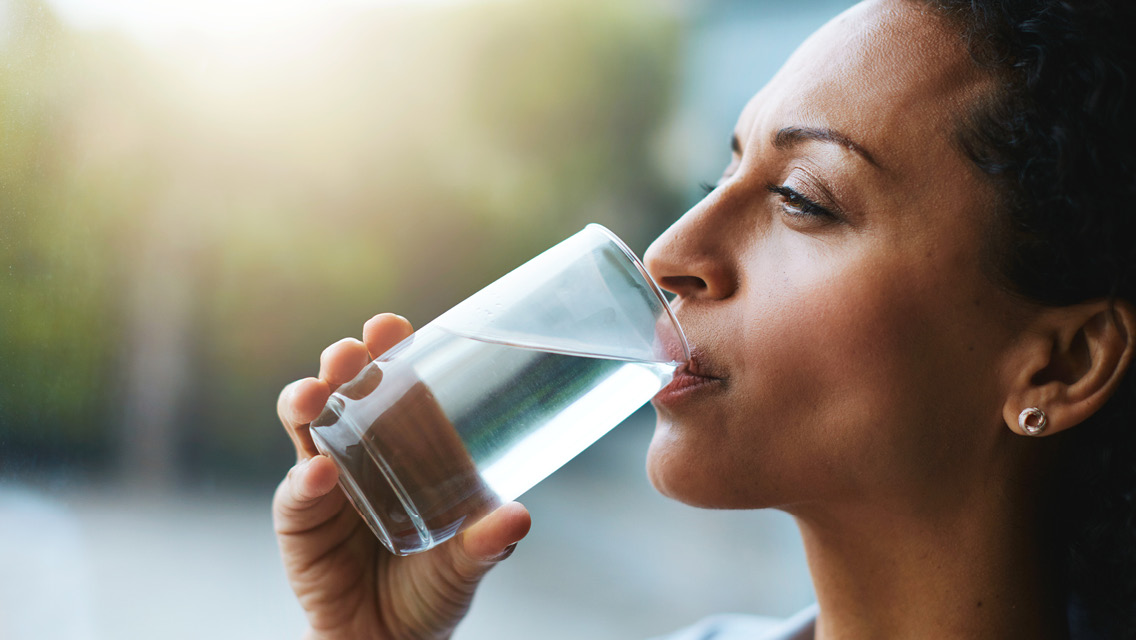
2. **Missing the Hydration Opportunity During Meals and Snacks**Another crucial mistake many of us make is compartmentalizing hydration, viewing it as a separate activity rather than an integrated part of our daily rhythm. We might chug water between meals or after a workout, but we often overlook the prime opportunity presented by our mealtimes and snack breaks. This habit, or lack thereof, means we’re missing a natural and highly effective way to support sustained hydration throughout the day. It’s about leveraging existing routines to our advantage.
Dr. Dennis Cardone provides a straightforward yet profound piece of advice that can transform this habit: “I encourage people to drink water with a meal or snack, which is going to be a much more effective way to sustain hydration.” This isn’t just about making sure you have a glass of water next to your plate; it’s about understanding the physiological benefits. When you consume water alongside food, especially food rich in fiber and other nutrients, your body processes that fluid more slowly. This gradual absorption helps to maintain more stable hydration levels, preventing the quick ‘in and out’ effect of drinking large amounts of water on an empty stomach.
By consciously pairing your meals and snacks with a glass of water, you’re not only aiding digestion but also ensuring a steadier release of fluids into your system. This sustained hydration is particularly beneficial for maintaining consistent energy levels, supporting cognitive function, and preventing the subtle dips that can come from inadequate fluid intake between meals. It’s a simple, actionable step that seamlessly integrates into your existing daily routine, making hydration an effortless, rather than an effortful, practice.
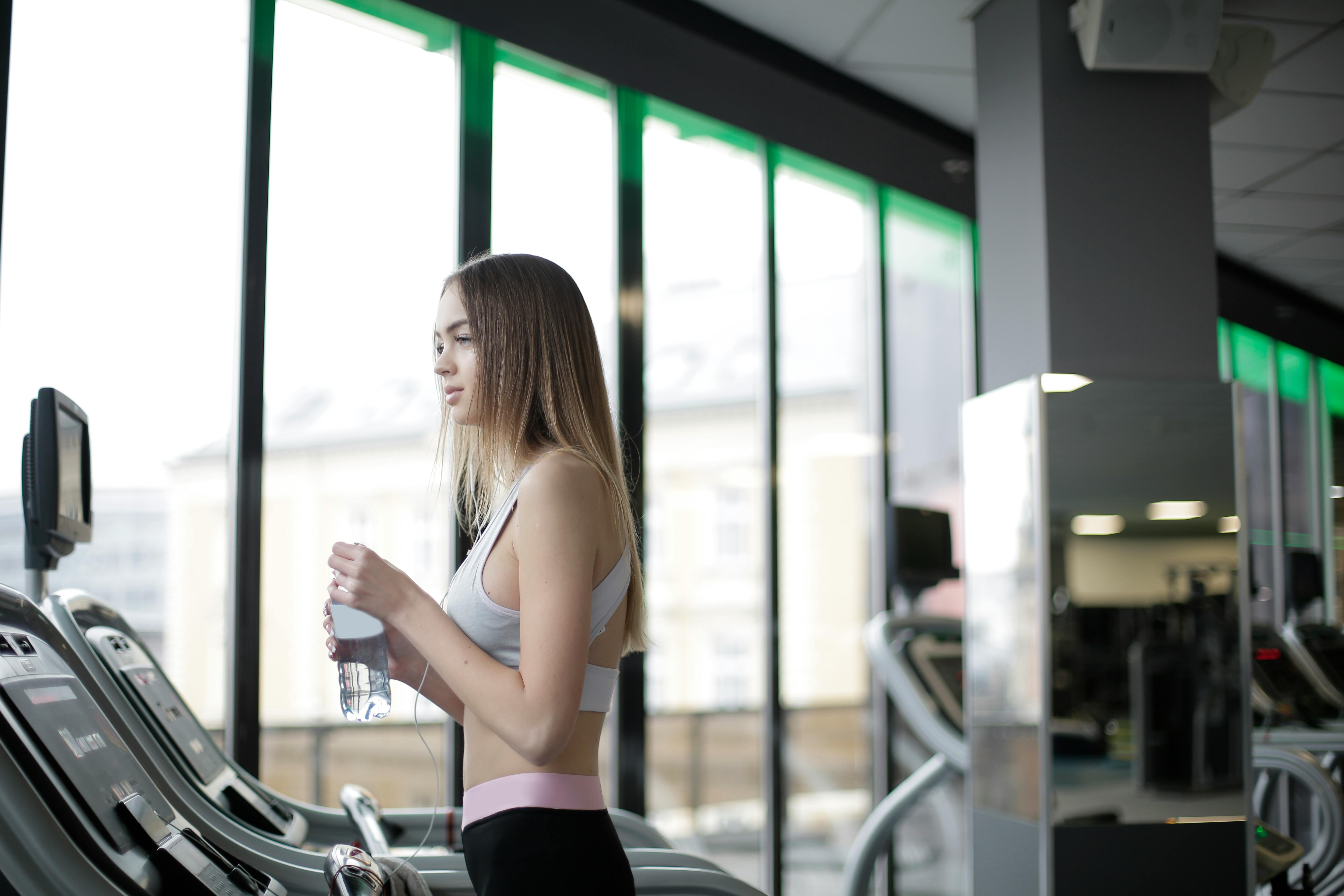
3. **Believing Hydration is Only Necessary During Physical Activity**Many people fall into the trap of associating hydration almost exclusively with strenuous physical activity. The image of athletes guzzling water bottles during a game or workout is deeply ingrained, leading to a misconception that if you’re not actively sweating buckets, your hydration needs are minimal. This narrow view overlooks the continuous and pervasive demand for water that every bodily system has, regardless of your activity level. It’s a common mistake that can leave our bodies constantly playing catch-up.
The reality is that our bodies require a steady supply of water for all fundamental processes, from regulating body temperature and lubricating joints to transporting nutrients and maintaining organ function – all tasks that continue even when we’re sedentary. Keri Gans, MS, RD, a reputable registered dietitian, succinctly addresses this widespread oversight, telling Women’s Health, “You also need to hydrate while you’re sitting at your desk at work, not just at the gym.” This statement serves as a powerful reminder that life outside the gym still demands diligent hydration.
Dismissing hydration needs during periods of rest or work can lead to insidious dehydration that chips away at our well-being. It can manifest as brain fog, headaches, fatigue, and even irritability, all symptoms that can be easily mistaken for stress or lack of sleep. Recognizing that your body is a dynamic, water-dependent machine 24/7, irrespective of whether you’re lifting weights or typing emails, is the first step toward correcting this fundamental error and embracing a more consistent approach to fluid intake.
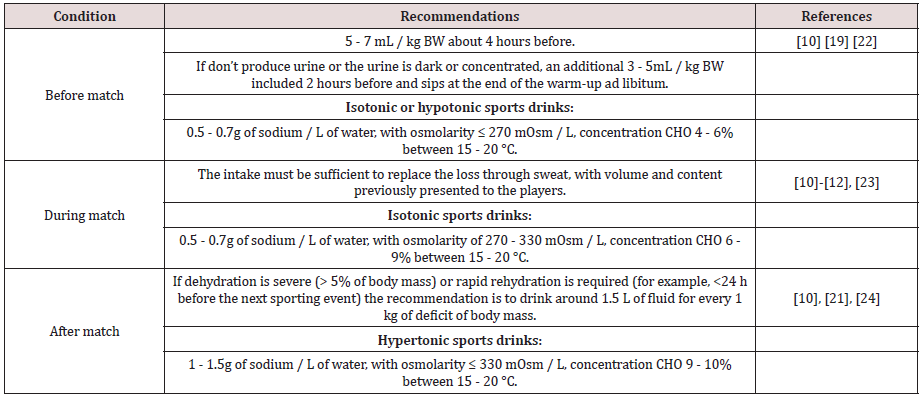
4. **Failing to Maintain Consistent Hydration While at Rest or Working**Building on the misconception that hydration is only for active periods, another prevalent mistake is the failure to maintain a consistent hydration strategy throughout the day, particularly during sedentary hours spent at a desk or simply relaxing. It’s easy to get absorbed in tasks or leisure and forget to sip water, leading to prolonged periods of low fluid intake. This inconsistency creates a fluctuating hydration status that is less than ideal for optimal health and performance.
Keri Gans, MS, RD, provides an excellent, relatable example of how to combat this oversight, revealing, “I even have a sticky note on my computer that says, ‘Drink water.’” This seemingly small act highlights a powerful principle: making hydration a conscious, habitual practice, rather than an afterthought. Without such intentional reminders or routines, hours can easily pass without sufficient fluid intake, leading to the subtle but impactful symptoms of dehydration, such as reduced cognitive function, decreased energy, and even digestive issues.
The beauty of Gans’s tip lies in its simplicity and effectiveness. By placing a water bottle within sight and reach, setting regular alarms, or utilizing simple visual cues like a sticky note, we can transform passive oversight into active, consistent hydration. This continuous, mindful sipping throughout the workday and during periods of rest ensures that our body’s essential functions are supported without interruption, promoting sustained energy, mental clarity, and overall physiological balance, a true mark of modern wellness.
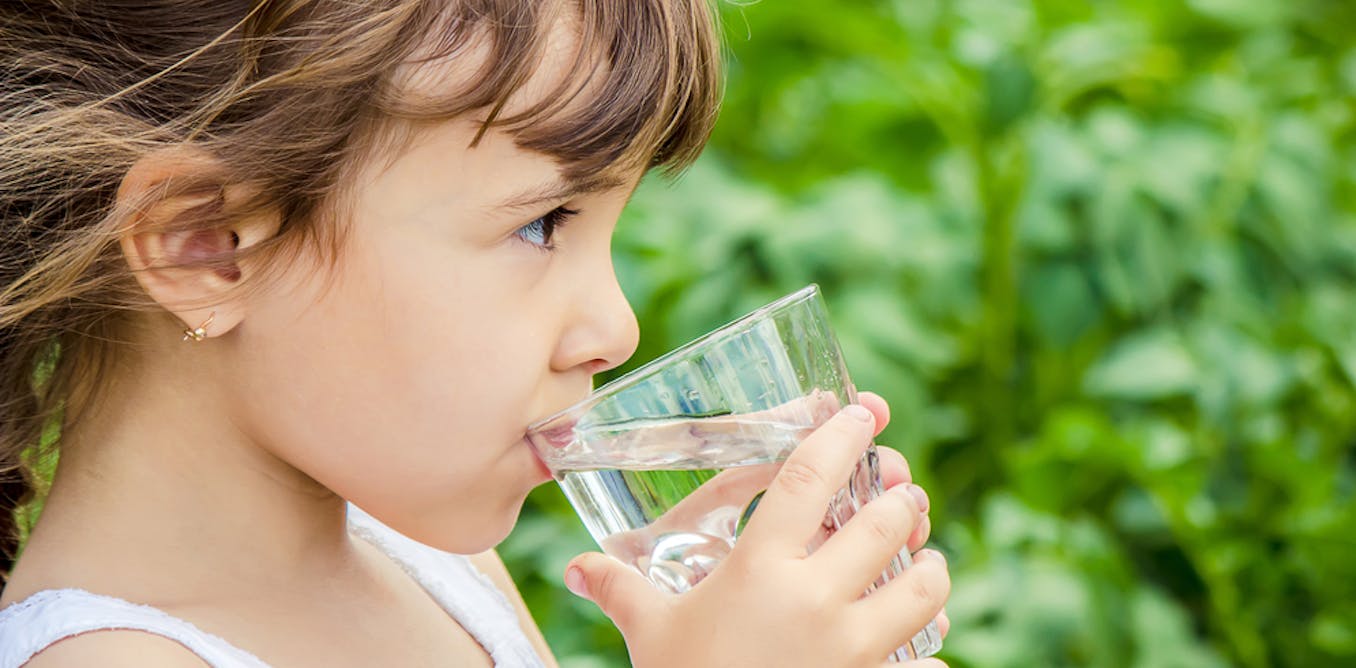
5. **Not Replacing Lost Electrolytes Post-Exercise**For those who engage in regular physical activity, a critical hydration mistake is focusing solely on replenishing water after a workout, while neglecting the equally vital task of replacing lost electrolytes. When we sweat, our bodies don’t just lose water; they also expel essential minerals like sodium, potassium, and chloride, which are collectively known as electrolytes. These tiny powerhouses play monumental roles in various bodily functions, and simply drinking plain water after a strenuous session isn’t enough to restore balance.
Amanda Beaver, a wellness dietitian at Houston Methodist, underscores this crucial point, explaining, “The fluid and electrolytes you lose in sweat need to be replaced.” She further elucidates the distinct, yet interconnected, roles these elements play: “Fluid helps your heart pump blood to your hard-working muscles and helps regulate your body temperature, while electrolytes are essential for muscle contractions.” This highlights that water and electrolytes are a dynamic duo; one cannot fully compensate for the absence of the other, particularly after intense exertion.
Ignoring electrolyte replacement can lead to impaired muscle function, fatigue, and even cramping, undermining the very benefits you sought from your workout. While plain water is excellent for general hydration, post-exercise recovery demands a more comprehensive approach. Incorporating electrolyte-rich beverages or foods (like those high-water fruits we discussed earlier, or specialized recovery drinks) ensures that your muscles can contract efficiently, your heart can pump effectively, and your body can regulate its temperature optimally, preparing you for your next active endeavor and preventing a crucial dip in performance and well-being.
When we talk about the ‘8 Worst Mistakes’ in hydration, it underscores the importance of precision – not just in our wellness habits, but also in our language. Just as understanding our body’s signals is key to optimal health, understanding the nuances of language empowers clearer communication, especially when distinguishing between degrees of severity. Let’s take a moment to shine a light on two words that often cause confusion, yet are critical for accurately describing those ‘worst’ situations: ‘worse’ and ‘worst.’ Mastering these distinctions is a form of linguistic wellness, ensuring our message is as clear and impactful as our hydration choices. This isn’t just about grammar; it’s about empowering your everyday communication with expert-driven clarity.
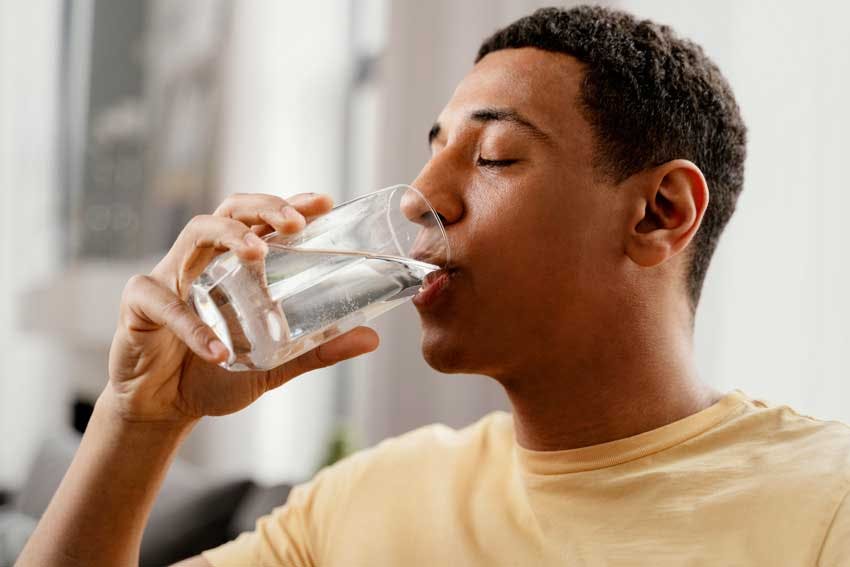
6. **The Essential Distinction: Comparative vs. Superlative**At the heart of the confusion between ‘worse’ and ‘worst’ lies their fundamental grammatical roles. Both words are derived from the adjective ‘bad,’ but they serve different purposes when we want to compare things. Understanding this core difference is the first step toward using them correctly, much like understanding the difference between simple thirst and a need for electrolytes.
‘Worse’ functions as the comparative form of ‘bad.’ Think of it as meaning ‘more bad.’ It’s employed when you are specifically comparing two items, situations, or states. The essence of ‘worse’ is to highlight an unfavorable change or a lower quality when one thing is stacked against another. It’s a direct, one-on-one comparison that indicates a decline.
Conversely, ‘worst’ is the superlative form of ‘bad.’ This means it signifies ‘most bad.’ When you use ‘worst,’ you’re not just comparing two things; you’re identifying the absolute lowest quality, the most negative state, or the most inferior condition within a group of three or more things, or even stating something is the most extreme out of every possible option. It’s about reaching the bottom of the scale.
To put it simply, if you’re evaluating just two things, you’ll likely use ‘worse.’ If you’re looking at a larger group or declaring an ultimate low, ‘worst’ is your go-to. This distinction is crucial for expressing precise degrees of negativity, ensuring that your descriptions are not just clear, but also accurate, empowering your communication in all contexts.

